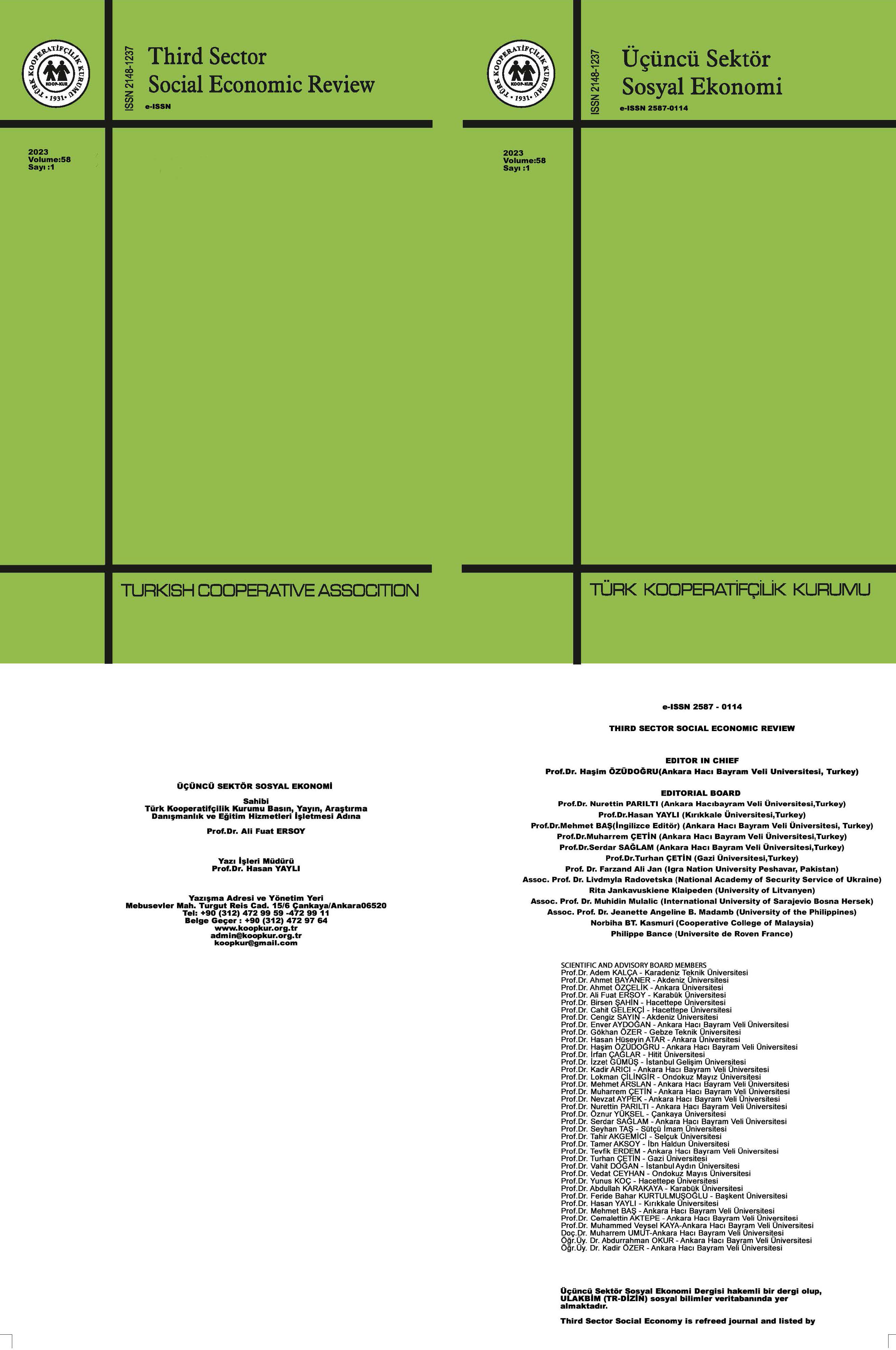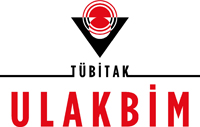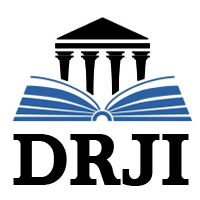INVESTIGATING THE RELATIONSHIP BETWEEN ECONOMIC GROWTH AND LOANS BY THE PROVINCES OF TURKEY: EMPIRICAL EVIDENCE FROM PANEL CAUSALITY ANALYSIS
Keywords:
Economic Growth, Loans, Bank, Supply‐leading Hypotheses, Demand‐following Hypotheses, CreditiesAbstract
Supply-leading and demand-following hypotheses are very important to explain the relationship between economic growth and credit. The main motivation of the study is to reveal whether there is a causal relationship from economic growth to credit growth or from credit growth to economic growth. Based on these two theoretical approaches, this article explores the relationship between bank loans and economic growth in Turkiye. The aim of this study is to test the causality relationships between economic growth and loans on a provincial basis in Turkiye in the period of 2007-2019. In the study, in which loans are represented by the change in total loans (ΔTL), the change in commercial and industrial loans (ΔCIL), the change in consumer loans (ΔCONL), the change in construction loans (ΔCNTL) and the change in agricultural loans (ΔAGRL), the relationships between the variables were examined by Dumitrescu-Hurlin (2012) panel was analyzed with the Granger causality test. As a result of the analysis, it was determined that there is a unilateral causality relationship from ΔTL and ΔCIL to economic growth, from economic growth to ΔCONL and ΔAGRL. No causal relationship was found between ΔCNTL and economic growth.









